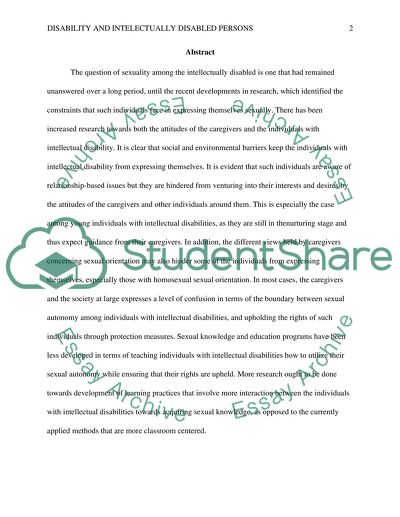Cite this document
(“Sexuality among Individuals with Disability Research Paper”, n.d.)
Sexuality among Individuals with Disability Research Paper. Retrieved from https://studentshare.org/social-science/1697034-disability-research
Sexuality among Individuals with Disability Research Paper. Retrieved from https://studentshare.org/social-science/1697034-disability-research
(Sexuality Among Individuals With Disability Research Paper)
Sexuality Among Individuals With Disability Research Paper. https://studentshare.org/social-science/1697034-disability-research.
Sexuality Among Individuals With Disability Research Paper. https://studentshare.org/social-science/1697034-disability-research.
“Sexuality Among Individuals With Disability Research Paper”, n.d. https://studentshare.org/social-science/1697034-disability-research.


